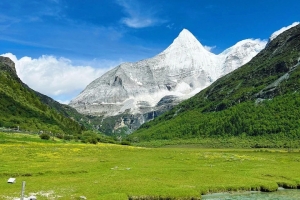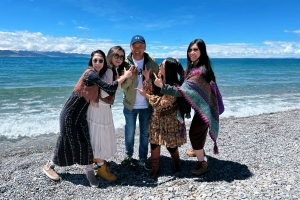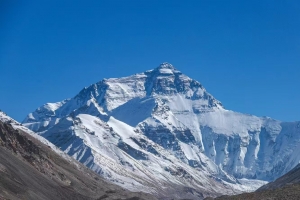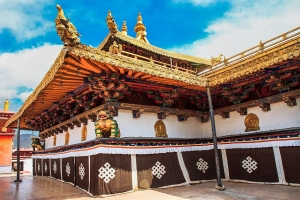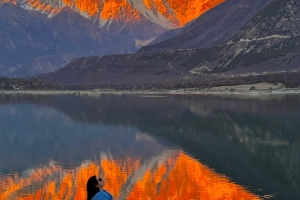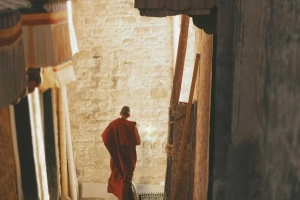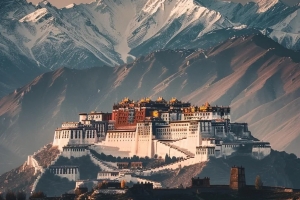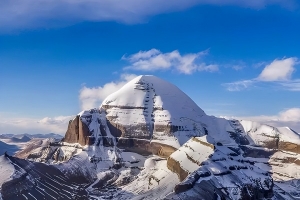Nestled at the foot of the green slopes of Pubuchok (Tatipu) Hill on the northern edge of Lhasa, Sera Monastery is more than a single temple — it is a compact spiritual city where centuries of scholarship, ritual art, and lively monastic life continue to unfold. For travelers who want to experience Tibetan Buddhism not as a museum piece but as a breathing, debating, learning tradition, Sera offers some of the most intimate and memorable encounters in the region.
Why Sera Monastery matters?
Sera is one of the “big three” Gelugpa monasteries of Lhasa (alongside Drepung and Ganden). Founded in the early 15th century, it developed into a major center for Buddhist study and debate, producing generations of scholars and abbots who shaped Tibetan religious life. Unlike some grand, single-hall pilgrimage sites, Sera feels like a compact city of chapels, colleges, monk residences, and study courtyards. Its layered architecture, murals, and thousands of ritual objects reflect continuous growth and devotion across centuries. At its peak, the monastery sheltered several thousand monks and became famous as a place of rigorous learning and public debate — an intellectual heartland for the Gelug tradition.
Because Sera grew over centuries, its layout lacks a single master plan; instead you’ll see an organic arrangement of halls and rooms that grew to fit the landscape and the needs of scholars. This gives the monastery a living, human scale — dense but never cramped — and visitors often describe it as feeling like a religious village rather than a single building.
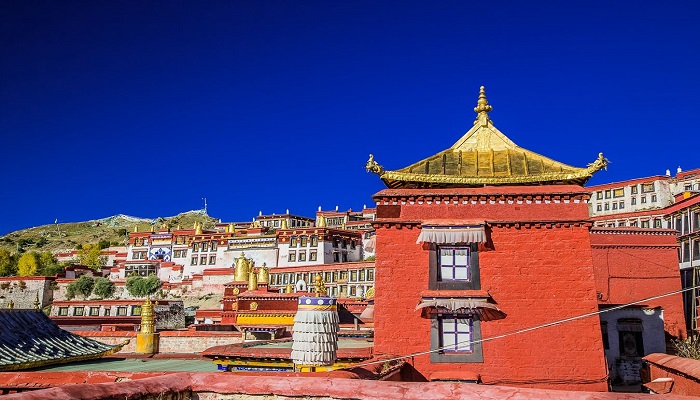
Architecture & art of Sera Monastery
- Tsokchen (Great Assembly Hall) — The monastery’s principal assembly hall is a multi-storey building used for major rituals and communal gatherings. It houses important statues and large-scale murals and stands out for both its size and ritual significance.
- Three inner chapels — Inside Sera you will find a sequence of inner chapels (for example, Jampa Lhakhang, Neten Lhakhang, and Jigje Lhakhang), each with its own iconography and devotional focus. Walking from chapel to chapel reveals layers of devotional art spanning centuries.
- Colleges (Sera Je, Sera Me, Ngagpa) — The western side of Sera contains the colleges where monks study scripture, logic, and ritual. Sera Je is especially noted for its association with the Hayagriva protector and for the famous debating courtyard nearby.
- Murals and statues — Many original murals survive inside the halls, and you’ll encounter thousands of small Vajra statues, copper Buddhas, and richly ornamented thangkas — some made locally in Tibet, others brought in from across Asia.
The show everyone talks about: the debating courtyard
If there is one single activity that defines a visit to Sera, it’s watching the monks debate. Every afternoon (typically beginning around 3 pm on most days except Sunday), monks assemble in the courtyard to practice the art of philosophical debate: an explosive, theatrical exchange in which a standing questioner launches rapid-fire questions at a seated defender, punctuated by broad handclaps, snapping gestures, and swift foot movements. The gestures are not theatrical affectation alone — they are part of a live logic game designed to sharpen the mind, test a student’s grasp of doctrine, and prepare monks for examinations. Tourists can watch these debates for free after entering the monastery grounds.
A few practical notes:
- When to go: Aim to arrive at least 20–30 minutes before the session starts to find a comfortable spot in the shade (many trees make the courtyard pleasantly cool in the afternoon).
- Etiquette: Keep noise to a minimum and avoid stepping into the middle of a debate or interrupting monks who are practicing. Photography is usually permitted, but be respectful — silence and subtle movement are valued.
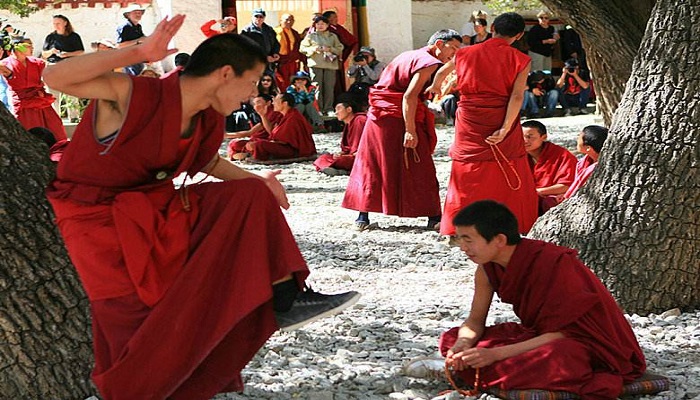
Sera Monastery Festival: Sera Bengqin
Sera’s most notable festival is the Bengqin (sometimes called “Blessing of the Dagger of Exorcism”), traditionally observed on the 27th day of the twelfth month in the Tibetan calendar. The ritual centers around a sacred dagger brought from India centuries ago and enshrined at Sera. Historically, this dagger was ceremonially blessed and offered for public veneration, and pilgrims would come seeking protection and spiritual healing. During the festival, crowds gather for blessings, and the atmosphere is festive, devotional, and intense — an unforgettable glimpse into local religious life.
Highlights not to miss in Sera Monastery
- Hayagriva Statue — The fierce, vividly depicted protector deity Hayagriva in Sera Je’s main hall is one of the monastery’s most famous images. Its distinct iconography and historical significance make it a must-see for art and religious-history lovers.
- Original murals — Seek out rooms with preserved murals — they provide visual narratives of scriptures, saints, and local history and are more than decorations: they’re teaching texts in color.
- Walled courtyards and simple monk life — Beyond the showier halls, wander the narrower lanes and residential clusters to sense daily monastic life: laundry drying, study sessions, and small chapels tucked into corners. That human scale is what makes Sera feel alive.
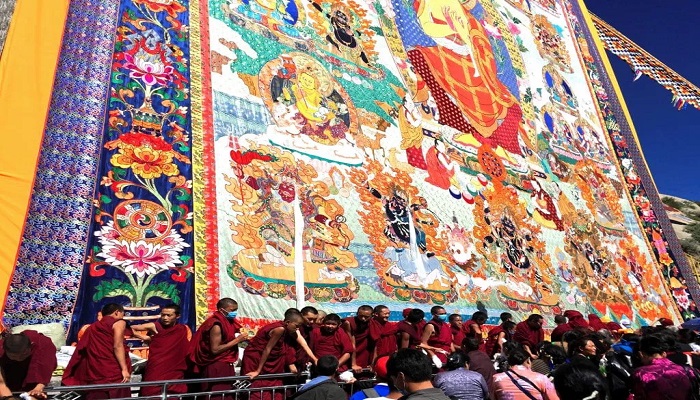
Visiting information & practicalities of Sera Monastery
- Location: Northern suburb of Lhasa at the base of Pubuchok/Tatipu Hill. It forms part of the watershed between local river basins and is easy to reach from central Lhasa by taxi or a short local ride.
- Entrance fee: There is a modest entrance fee to enter the monastery grounds; visitors should expect to pay a small admission charge to help preserve the site. (Local rates vary; check your tour provider or local information for the current price.)
- Best time to visit: Late spring through early autumn offers comfortable weather for outdoor courtyard viewing. Morning and late afternoon light make for particularly photogenic murals and courtyard scenes. Avoid the midday sun on high plateau days.
- How to get there: Sera is a short drive from Lhasa’s city center. Most visitors come via taxi or as part of a guided day tour that combines Sera with other Lhasa attractions.
Respectful visitor behavior in Sera Monastery
- Dress modestly: Shoulders and knees should be covered when entering chapels.
- Ask before photographing people or rituals: Many monks are comfortable with photography; others prefer privacy. A quick smile and gesture asking permission is appreciated.
- Don’t touch ritual objects: Statues, thangkas, and scripture collections are sacred; avoid touching.
- Keep quiet during rituals and debates: Even low-volume whispers can distract a ritual or a scholar. Cellphones should be silenced.
Planning a meaningful Sera Monastery visit: suggestions for different traveler types
- First-time visitors: Pair Sera with a morning at the Potala or Jokhang; reserve the debate for a relaxed afternoon.
- Culture buffs: Spend extra time in the colleges and the small chapels; ask a guide to point out notable murals and the Hayagriva statue.
- Photographers: Bring a lightweight tripod for low-light chapel interiors and wait for the golden hour in courtyards for warm, glowing photos.
Sera Monastery is a rare place where architecture, art, scholarship, and living ritual meet in a compact, human-scale complex. The afternoon debates alone are worth a trip to Lhasa: they are loud, theatrical, intellectual, and deeply revealing of how Tibetan Buddhist education unfolds in public. But beyond that high-energy spectacle, Sera rewards visitors who slow down — those who wander narrow lanes, peer into quiet chapels, and notice the small details of metalwork, murals, and handwritten scriptures.
If you’d like help turning this visit into a seamless experience — arranging permits, a local guide who can translate and explain the debate ritual, and transport from Lhasa — Journey2tibet can design a custom day or multi-day itinerary centered on Sera Monastery and other Lhasa highlights. Their local expertise helps you see the monastery with context and respect, and ensures your time in Lhasa is safe, insightful, and unforgettable.


